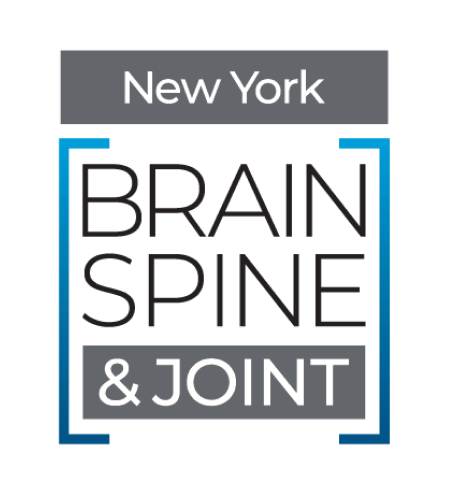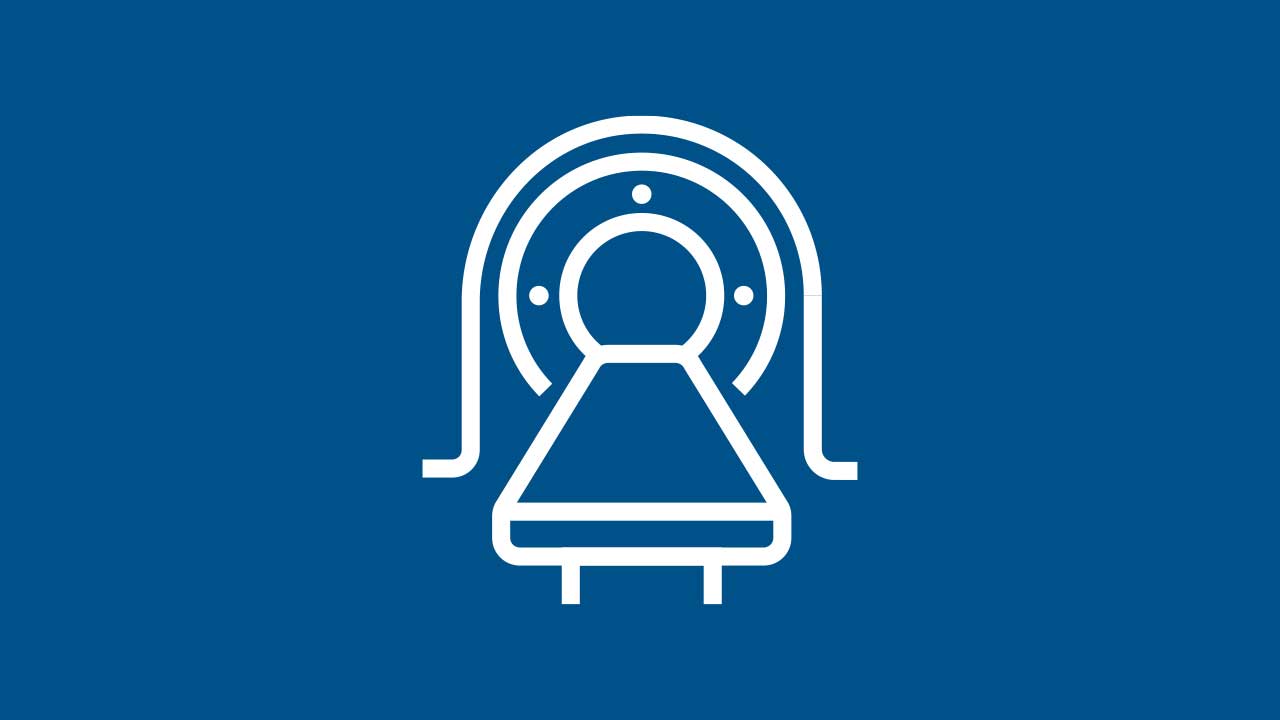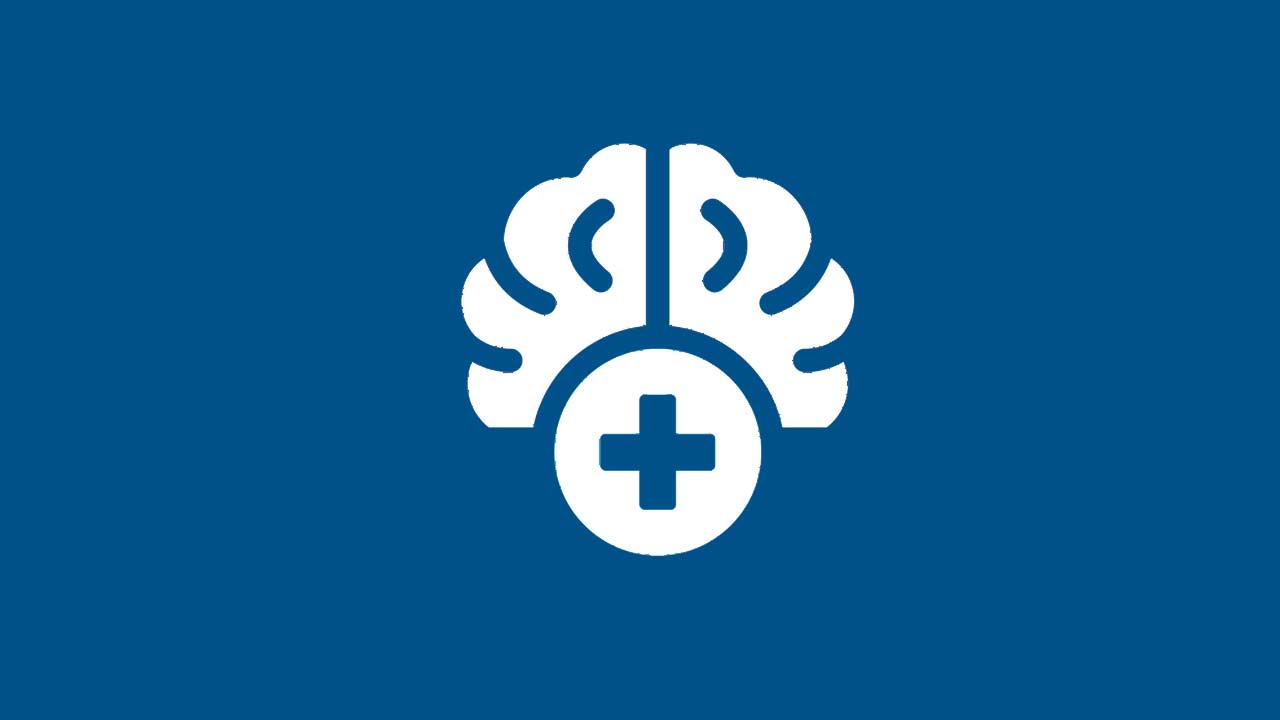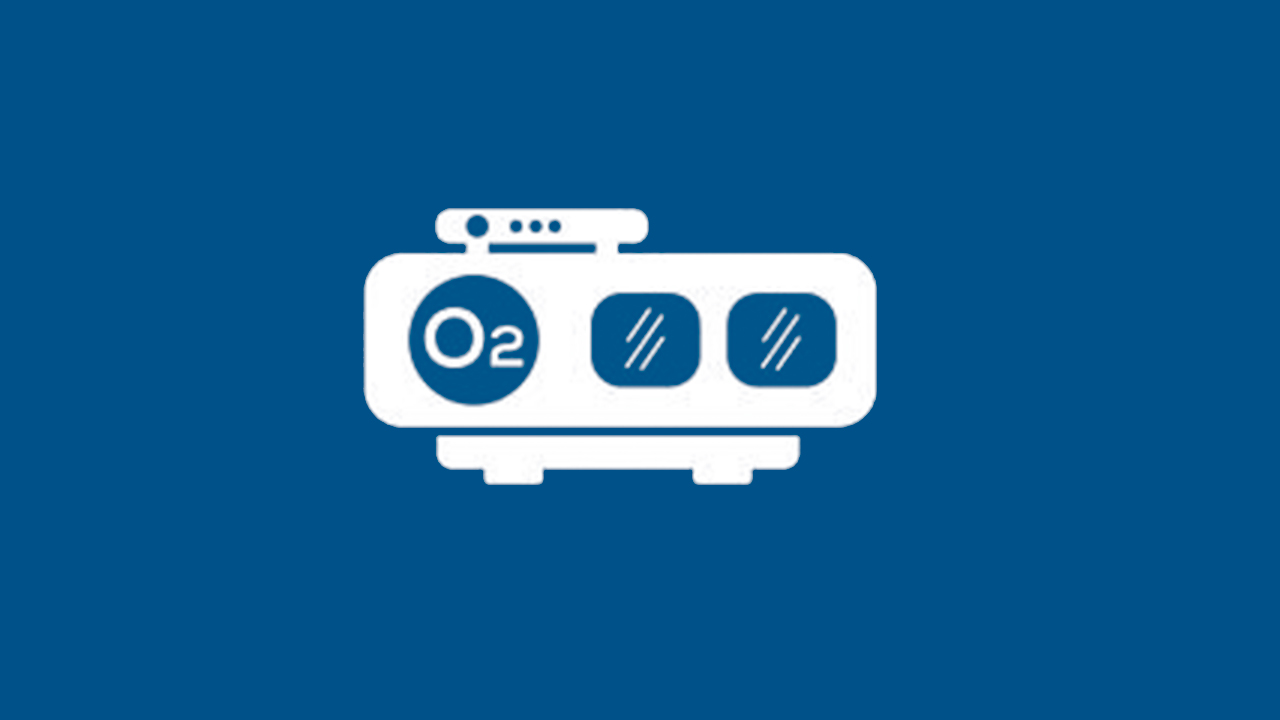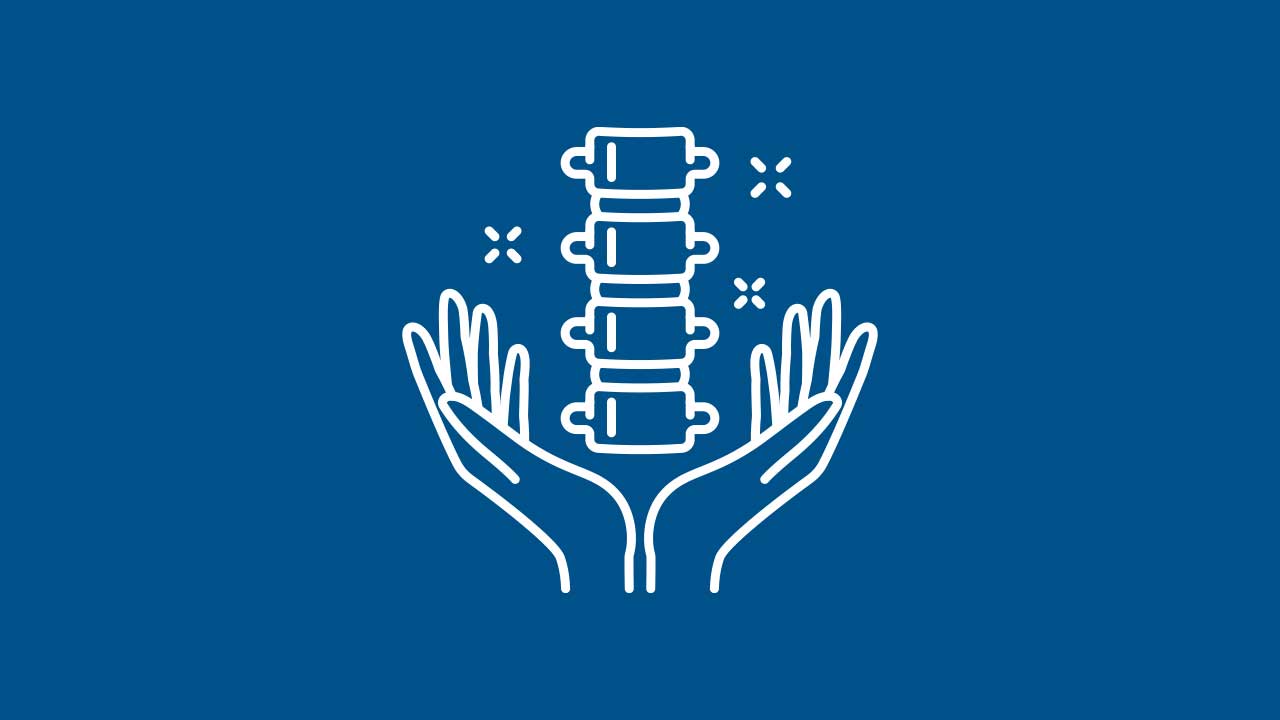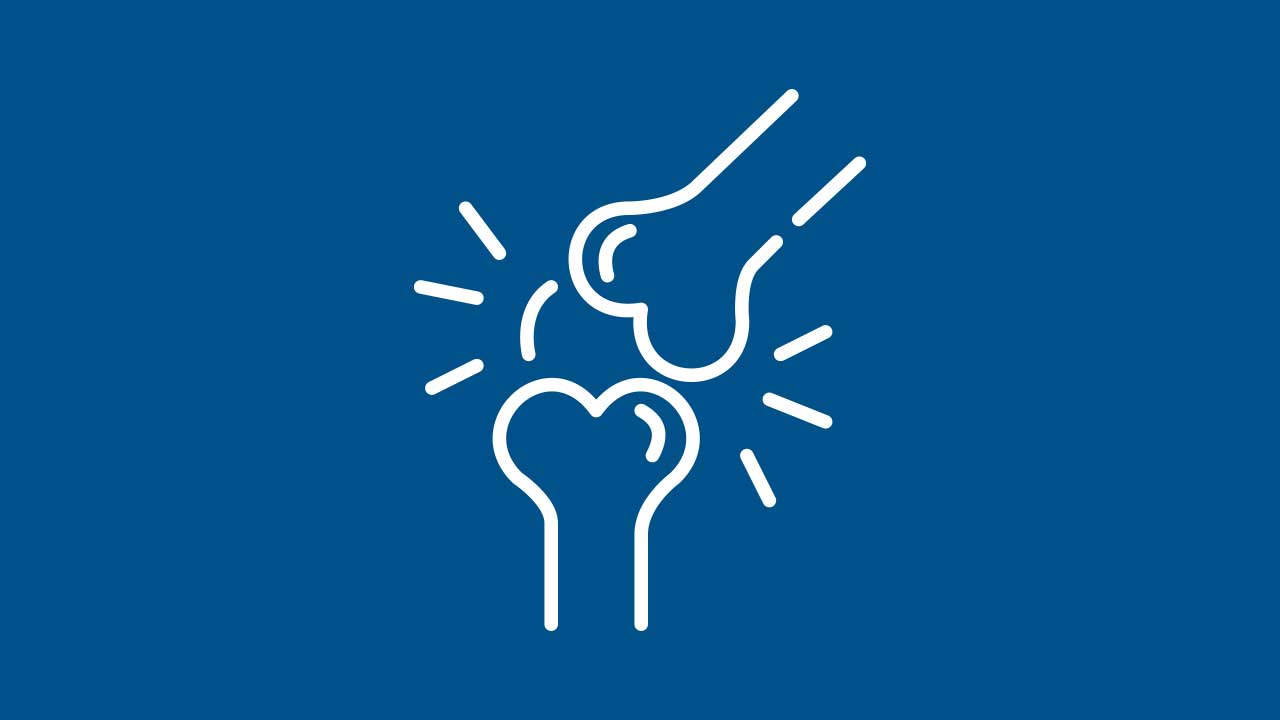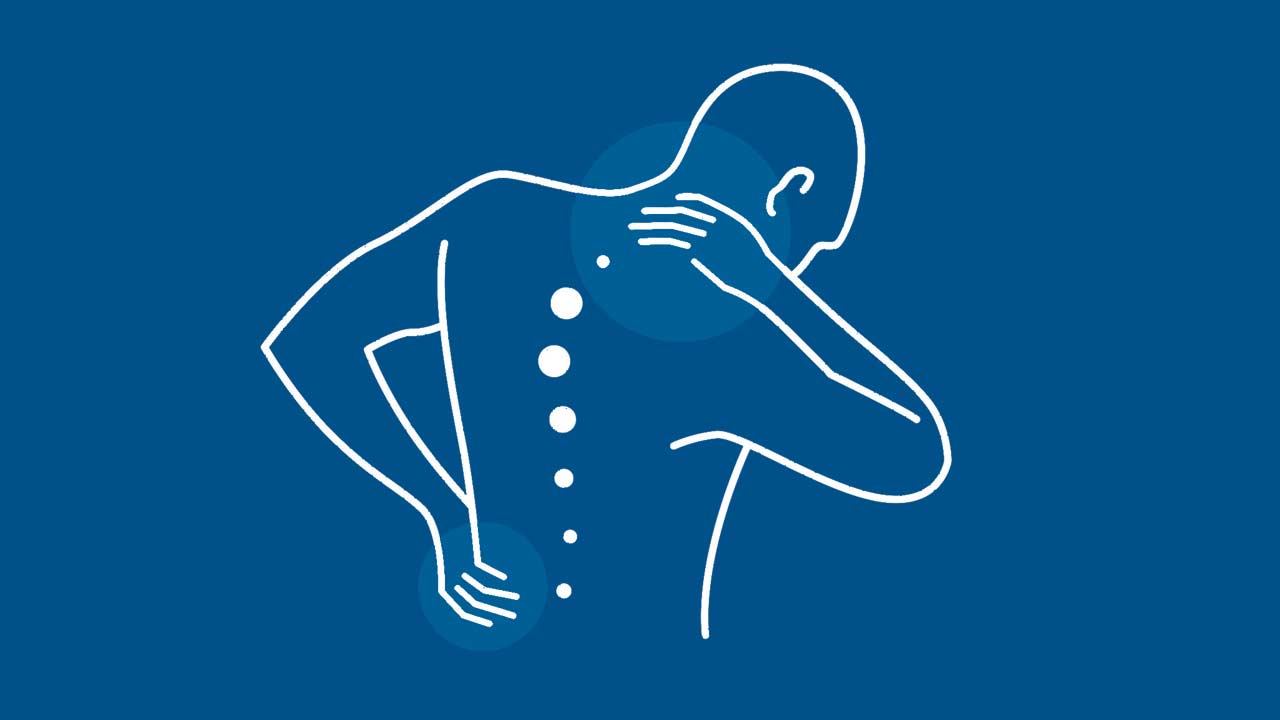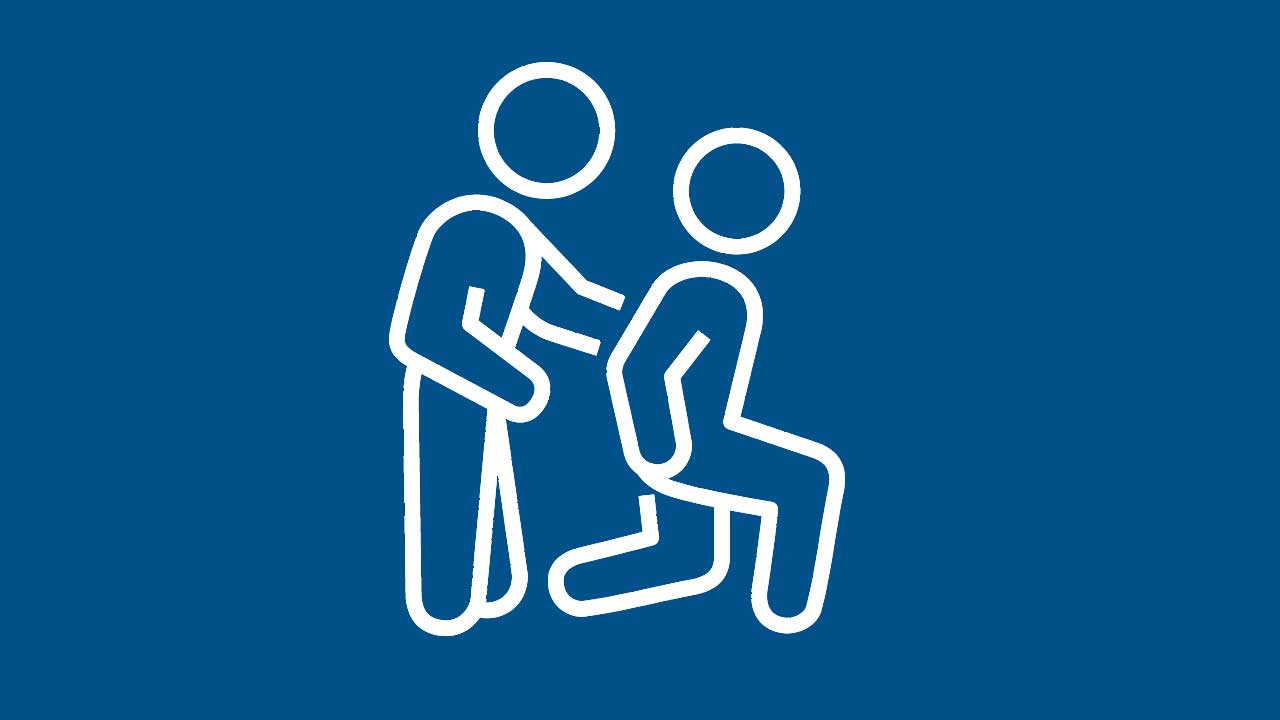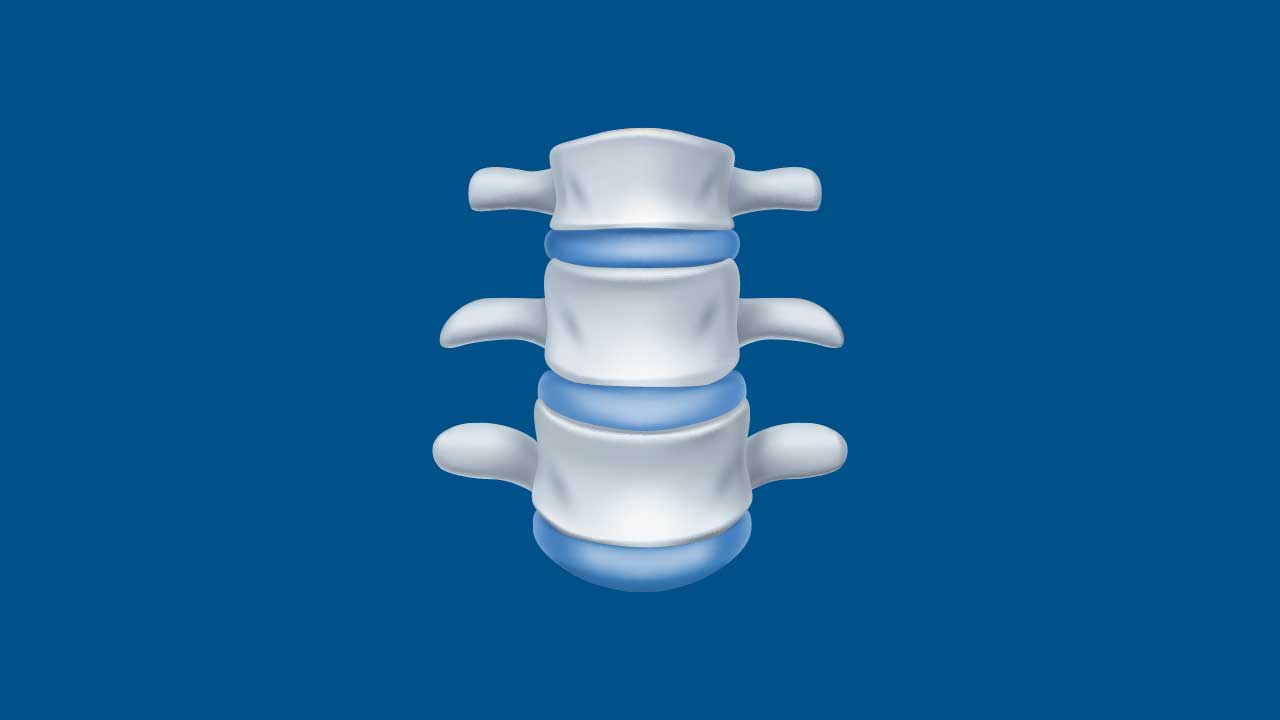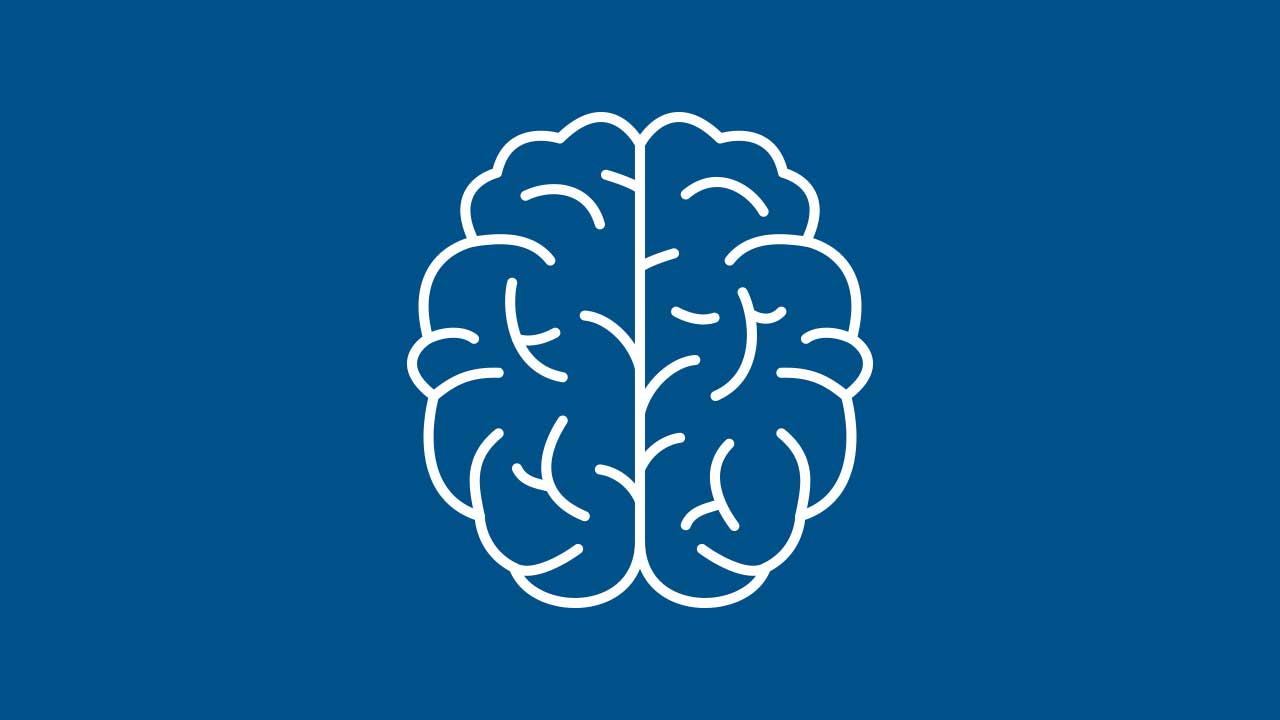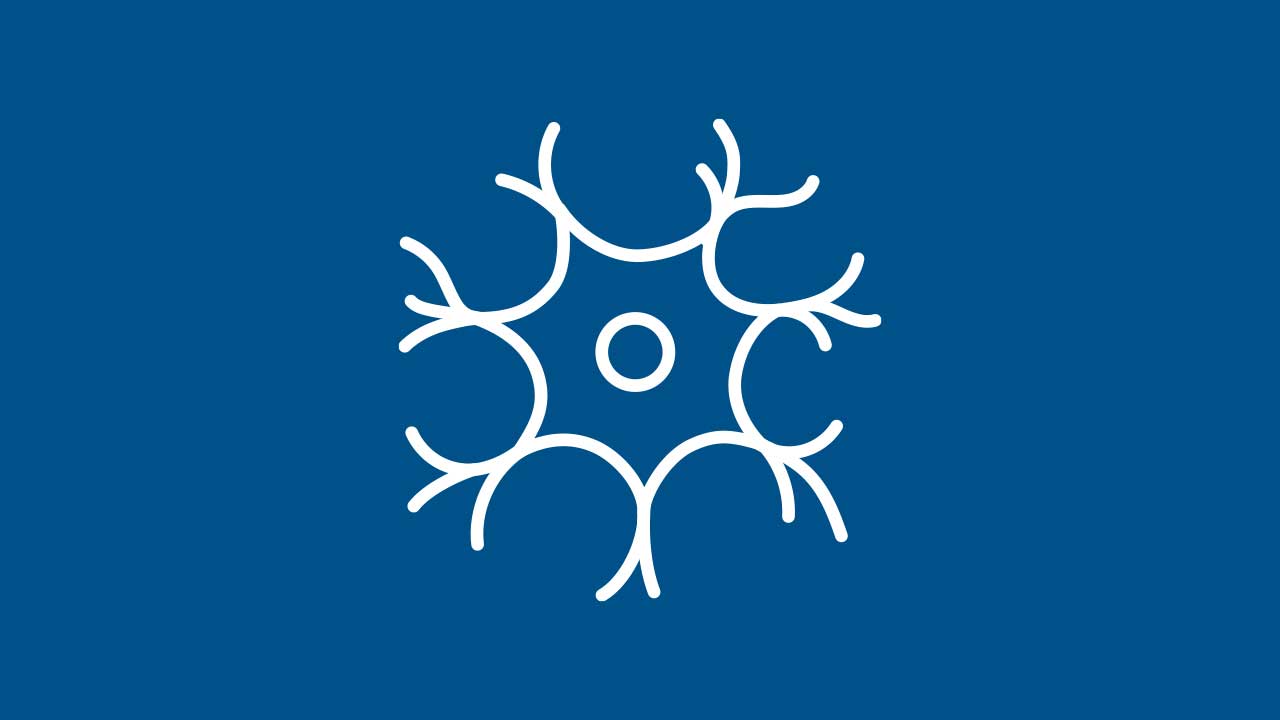Glioma
Glioma: Understanding, Diagnosing, and Treating a Common Brain Tumor
A glioma is a type of brain tumor that originates in the glial cells—supportive cells responsible for nourishing and protecting the neurons. Depending on their grade and subtype (e.g., astrocytoma, oligodendroglioma, or ependymoma), gliomas can grow at varying rates and cause diverse neurological symptoms.
Understanding the Brain and Glial Cells
The brain is composed not only of neurons but also of glial cells, which include:
- Astrocytes: Provide structural support and maintain the blood-brain barrier.
- Oligodendrocytes: Produce the myelin sheath around neurons.
- Ependymal Cells: Line the ventricles and help circulate cerebrospinal fluid.
A tumor arising from these cells can displace or infiltrate normal brain tissue, potentially affecting motor, sensory, cognitive, or hormonal functions depending on its location.
Causes and Risk Factors
- Genetic Conditions
Certain hereditary syndromes (e.g., Neurofibromatosis, Li-Fraumeni syndrome) increase glioma risk. - Radiation Exposure
Prior radiation therapy to the head can elevate the chance of brain tumor development. - Age
Gliomas can appear in both children and adults; certain subtypes favor specific age groups. - Chemical Exposure
Prolonged exposure to substances like vinyl chloride or pesticides has been suggested as a possible factor, though evidence varies.
Common Symptoms
- Headaches: Often more pronounced in the morning or with changes in position.
- Seizures: A common initial presentation of brain tumors.
- Cognitive Changes: Difficulty with concentration, memory, or personality shifts.
- Weakness or Numbness: Depending on tumor location, can affect limbs or one side of the body.
- Vision or Speech Impairments: Occur if the tumor impacts relevant brain regions.
Diagnosing a Glioma
- Neurological Exam
Checks reflexes, coordination, sensory function, and mental status. - Imaging Studies
MRI: The preferred method to visualize tumor characteristics, potential edema, and surrounding tissue involvement.
CT Scan: Offers quick imaging, often used in acute settings. - Biopsy or Surgical Resection
Tissue analysis confirms the type and grade of the glioma, guiding treatment decisions.
Treatment Options
- Surgery
Maximal Safe Resection: Removal of as much tumor as possible without damaging critical brain structures. - Radiation Therapy
Often follows surgery or used in cases where surgery is not feasible. Targeted radiation can slow or stop tumor growth. - Chemotherapy
Drugs like temozolomide can help control the spread of malignant gliomas. - Targeted Therapies
Focus on genetic markers or specific growth factors in tumor cells to minimize harm to healthy tissue. - Clinical Trials
Novel treatments, including immunotherapy and gene therapy, may be available for eligible patients.
Recovery and Long-Term Management
- Rehabilitation: Physical and occupational therapy can help regain motor function; speech therapy may address language or swallowing deficits.
- Regular Imaging: MRI follow-ups to monitor for any recurrence or progression.
- Supportive Care: Seizure management, steroids to reduce swelling, and psychosocial support.
Our Multi-Disciplinary Approach in NYC
Our multi-location, multi-disciplinary medical practice in the New York City metro area unites neurosurgeons, neuro-oncologists, radiation specialists, and rehabilitation experts to provide comprehensive care for glioma patients. By integrating advanced imaging, surgical technology, and personalized therapies, we aim to improve outcomes and quality of life.
Additional Resources
Conclusion
A glioma diagnosis can be life-altering, but with prompt evaluation, appropriate treatment, and ongoing support, many individuals experience improved symptom control and extended survival. Our team is committed to guiding patients at every step, from diagnosis and treatment to rehabilitation and long-term follow-up.
Disclaimer: This article is for informational purposes only. Consult a licensed healthcare provider for individual evaluation and treatment.
